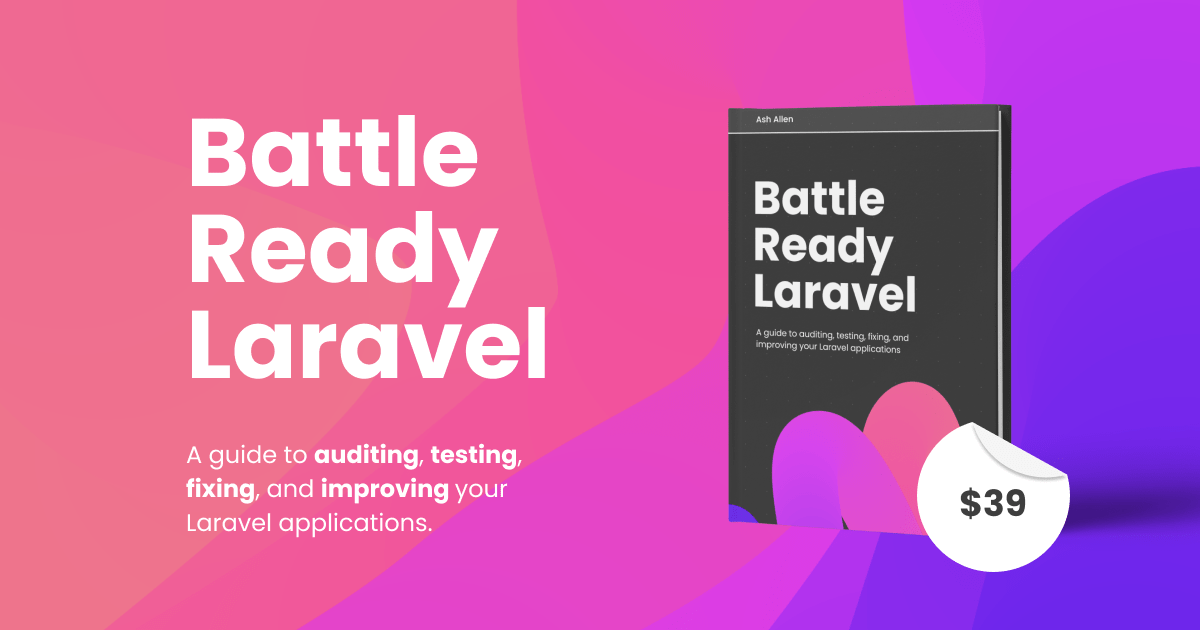Laravel Notifications – Easily send quick updates through Slack, SMS, Email, and more
Published on by Mohamed Said

Laravel Notifications is an all new feature coming to Laravel 5.3 that allows you to make quick notification updates through services like Slack, SMS, Email, and more.
Let’s see how easy it is to build and send a notification using this new feature:
class NewPost extends \Illuminate\Notifications\Notification{ public function __construct($post) { $this->post = $post; } public function via($notifiable) { return ['database']; } public function toArray($notifiable) { return [ 'message' => 'A new post was published on Laravel News.', 'action' => url($this->post->slug) ]; }}All you need to do now is to send the notification to the selected users:
$user->notify(new NewPost($post));Creating Notifications
Laravel 5.3 ships with a new console command for creating notifications:
php artisan make:notification NewPostThis will create a new class in app/Notifications, each notification class contains a via() method as well as different methods for building notifications for different channels.
Using the via() method you can specifying the channels you’d like this particular notification to be sent through, check this example for the official documentation website:
public function via($notifiable){ return $notifiable->prefers_sms ? ['sms'] : ['mail', 'database'];}The via method receives a $notifiable instance, which is the model you’re sending the notification to, in most cases it’ll be the user model but it’s not limited to that.
Available channels are: mail, nexmo, database, broadcast, and slack.
Formatting Email Notifications
You can format how notifications are sent through different channels, for instance, let’s take a look at formatting a mail notification:
public function toMail($notifiable){ return (new MailMessage) ->subject('New Post!') ->line('A new post was published on Laravel News!') ->action('Read Post', url($this->post->slug)) ->line('Please don\'t forget to share.');}This will create a mail message using a nice built-in responsive template that you can publish using the vendor:publish console command.
The notification system will automatically look for an email property in your model, however, you can customise this behaviour by defining a routeNotificationForMail in your Model and return the email address this Model will be contacted on.
Formatting Nexmo SMS Notifications
Same as in the case of an email notification, you need to define a toNexmo method in your notification class:
public function toNexmo($notifiable){ return (new NexmoMessage) ->from(123456789) ->content('New post on Laravel News!');}In the case of Nexmo notifications, laravel will look for a phone_number property in the model. You can override that by defining a routeNotificationForNexmo method.
You can set a global from number in your Nexmo configuration file, that way you won’t have to provide a from number in each notification.
Formatting Database Notifications
To Format a database notification you may define a toDatabase method:
public function toDatabase($notifiable){ return new DatabaseMessage([ 'message' => 'A new post was published on Laravel News.', 'action' => url($this->post->slug) ]);}To start using the database channel you may read the full documentation on the official website.
Sending Notifications
You can send notifications using the notify() method on your model, this method exists on the Notifiable trait which you’ll need to add to your Model.
$user->notify(new NewPost($post));You can also use the Notification facade, this will allow you to send notifications to multiple notifiables at the same time:
Notification::send(User::all(), new NewPost($post));Queueing Notifications
You can easily queue sending notifications by using the ShouldQueue interface on the Notification class and including the Queueable trait.
<?php namespace App\Notifications; use Illuminate\Bus\Queueable;use Illuminate\Notifications\Notification;use Illuminate\Contracts\Queue\ShouldQueue; class NewPost extends Notification implements ShouldQueue{ use Queueable;}









